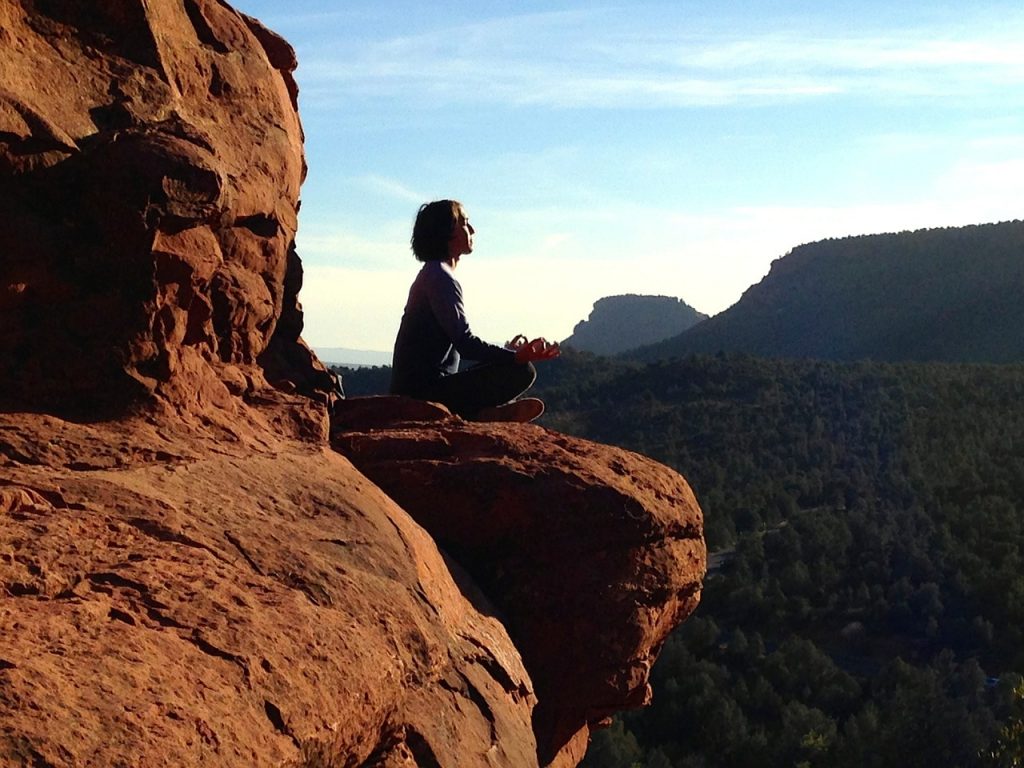As the New Year approaches, many of us decide that setting goals that will help us achieve something, or just become a better person. Often times, these goals fade away in a few months for various reasons. In Yoga philosophy, Samskaras are thought to be an inheritance of mental, physical and emotional patterns or behaviors that can keep us from reaching our goals.
Some samskaras can be positive, but even repeating and creating deep grooves for positive samskara can turn negative. For example, as a yoga teacher who has taught in a gym setting, I find in interesting how many students have amazing intensity, dedication, and strength, but constantly push their bodies to the absolute limit, rarely satisfied with the flexibility, or size of the body they have currently. I see students pushing past pain signals in an effort to achieve advanced yoga postures, then afterwards have sore backs, or injury. While intensity and dedication can be great qualities, sometimes, they can be to our detriment when we don’t listen to what our bodies are trying to teach us in our yoga practice. In our Western culture, it seems almost shameful to some to listen to the body’s cue—“slow down, and treat me more gently”.
Through the practice of yoga, we can create new, healthier Samskaras for ourselves. As we create new patterns of behavior, setting goals becomes more attainable because our behavior has changed on a deeper level. The yogic principles I have found to be most helpful in creating new patterns are Sankalpa (intention), Bhavana (visualization), Shani (Slowing), Vidya (Awareness), Abhaya (Fearlessness), Asana (poses), Abhyasa (Practice).




